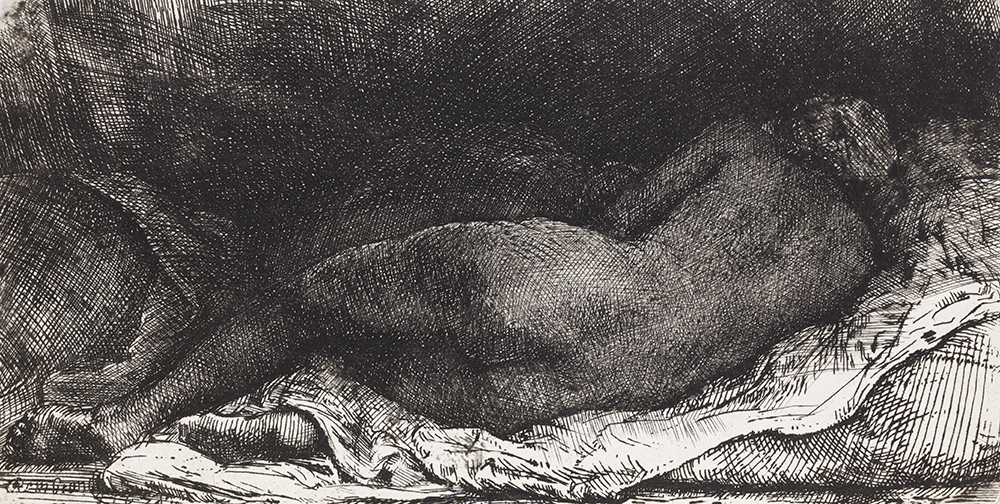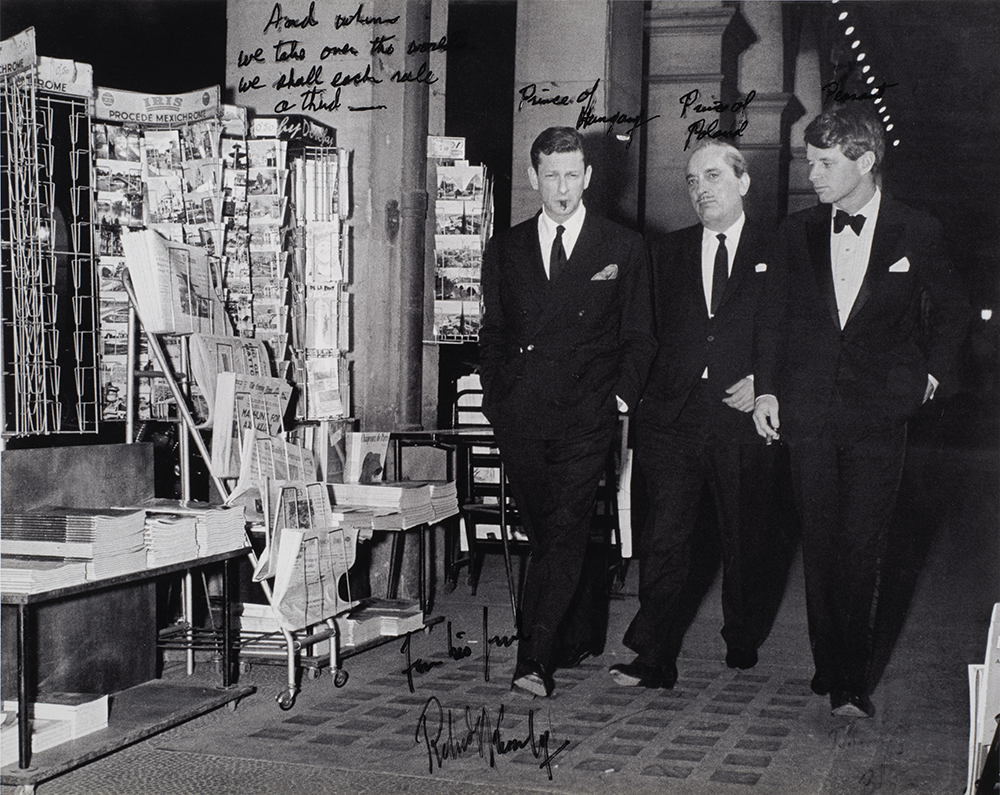Students and curators in the "Artists & Exhibition Professions" program present autohistorias, a group exhibition inspired by Gloria Anzaldúa, Chicana feminist theorist, activist and poet. In an unpublished text, she proposes writing as a way of defining oneself through theory, fiction, mythologies, linguistic games and poetry. Through individual stories and fiction, it's a question of constructing a collective narrative, thought of as an alternative tool to dominant narratives.
"If I don't have access to the truth, I'll invent it, I'll tell myself, preferring my fictions to the lies and truths that others fabricate for me, about me". (Gloria Anzaldúa, Ethnic Autohistorias-teorías: Writing the History of the Subject).
In 1989, Gloria Anzaldúa wrote a formally inventive text that oscillates between poetry, personal narrative, historical commentary and politics. The essay is a toolbox. Anzaldúa encourages an active subjectivity and invites us to seize our intimate stories and fiction to shape our collective narratives.
Driven by this spirit, autohistorias brings together a group of artists who - from the 15th to the 21st century - have used the self as a way of telling history, shaping political allegory and using narrative as a means of emancipation.
autohistorias presents a group of auto-fabulists, chimeras, beautiful liars, chingadas and bad girls who traverse complexity with literary flair, aesthetic clarity and performative memory. Fiction, autobiography and speculation become the tools for composing a collective narrative and memory; an individuality that is guided not by absolutes but by ambiguities.
The exhibition brings together works by student artists and from the heritage collections of the Beaux-Arts de Paris, as well as those of guest artists. Self-portraits, hybrid collages, invented languages, parallel worlds - made up of personal histories and intimate archives - are presented. autohistorias composes a common space-time born of intersubjectivity, enunciation and listening. Thursday evenings will feature an artistic program, details to follow on beauxartsparis.fr.
Les Beaux-Arts de Paris is a partner of Paris Gallery Weekend, an event organised by the Comité professionnel des Galeries d'art, inviting the public from 24 to 26 May to 3 days of free, open-access exhibitions, meetings and events in 101 Parisian galleries. The autohistorias exhibition is part of the VIP programme of Paris Gallery Weekend.
Curated by
Skye Arundhati Thomas, Tadeo Kohan, Louise Nicolas de Lamballerie (curators in residence)
Mélanie Bouteloup and Armelle Pradalier (co-directors of the "Artists & Exhibition Professions" program)
Scientific advisor for the Beaux-Arts de Paris collections: Giulia Longo, Curator of Prints and Photographs
Students in the field
Mathilde Badie, Idris Bennai, Elise Bergonzi, Anna Breton, Clara Brevet, Aïssa Diallo, Clémence Gbonon, Anna Giner, Audrey Japaud Garcia, Feryel Kaabeche, Léontine Köhn, Anouk Léger, Mahault Maréchal, Emma O'Quigley, Noah Perrot-Bikie Bi Mbida.
Among the artists
Aya Abu Hawash, Malek Abdelmajeed, Sonia Andrade, Ali Arkady, Mohamed Azouzi, Amanda Baggs, Anna Boghiguian, Mohamed Chafei, Antoine Conde, Alexandre-Gabriel Decamps (after), Ladji Diaby, Antoine Dochniak, Jean Louis André, Mehdi Gorbuz, Francisco de Goya, Anis Nabil Harbaoui, Hessie, Lubaina Himid, Liên Hoàng-Xuân, Nina Jayasuriya, Bahar Kocabey, Simone Lagrand, Lalita Lajmi, Hugo Laporte, Nge Lay, Lisa Lecuivre, Huda Lutfi, Sehaj Malik, Nicole, Clarisse Pillard, Lou Reina, Jagdeep Raina, Rembrandt, Roseman Robinot, Vega Royer Gaspard, Saradibiza, Sequoia Scavullo, Mahmoud Sehili, Afrah Shafiq, Margarita Sherstiuk and Igor Kanivets, Elisabetta Sirani, Charwei Tsai, Libo Wei, Alexandre Yang, Mia Yu, Unica Zürn and anonymous.
Practical information
Wednesday April 24 - Sunday June 30, 2024
(The exhibition will be closed on Wednesday 1 May 2024)
13 quai Malaquais, Paris 6th arrondissement
Wednesday to Sunday, 1pm-7pm
Nocturne Thursday until 9pm
2€, 5€ or 10€, the choice is yours!
Detailed program of upcoming nocturnes on beauxartsparis.fr
Facebook, Instagram and YouTube
#beauxartsparis

Nina Jayasuriya, Sans titre (pavulak), 2023, huile sur toile, 200x300 cm © Tristan Chevillard

Malik Sehaj, Kali - l'entropie, 2023 Encre, fusain et peinture d'huile sur khadi (tissu indien), 60 x 90 cm

Rembrandt, Femme nue couchée, 1658 Eau-forte, pointe sèche et burin © Beaux-Arts de Paris

Margarita Sherstiuk et Igor Kanivets, Shelves of waiting, 2023 Eau-forte, 50 x 57 cm

Alexandre Yang, Souvenirs de la Vie, 2024, huile sur toile, 180 x 270 cm


















